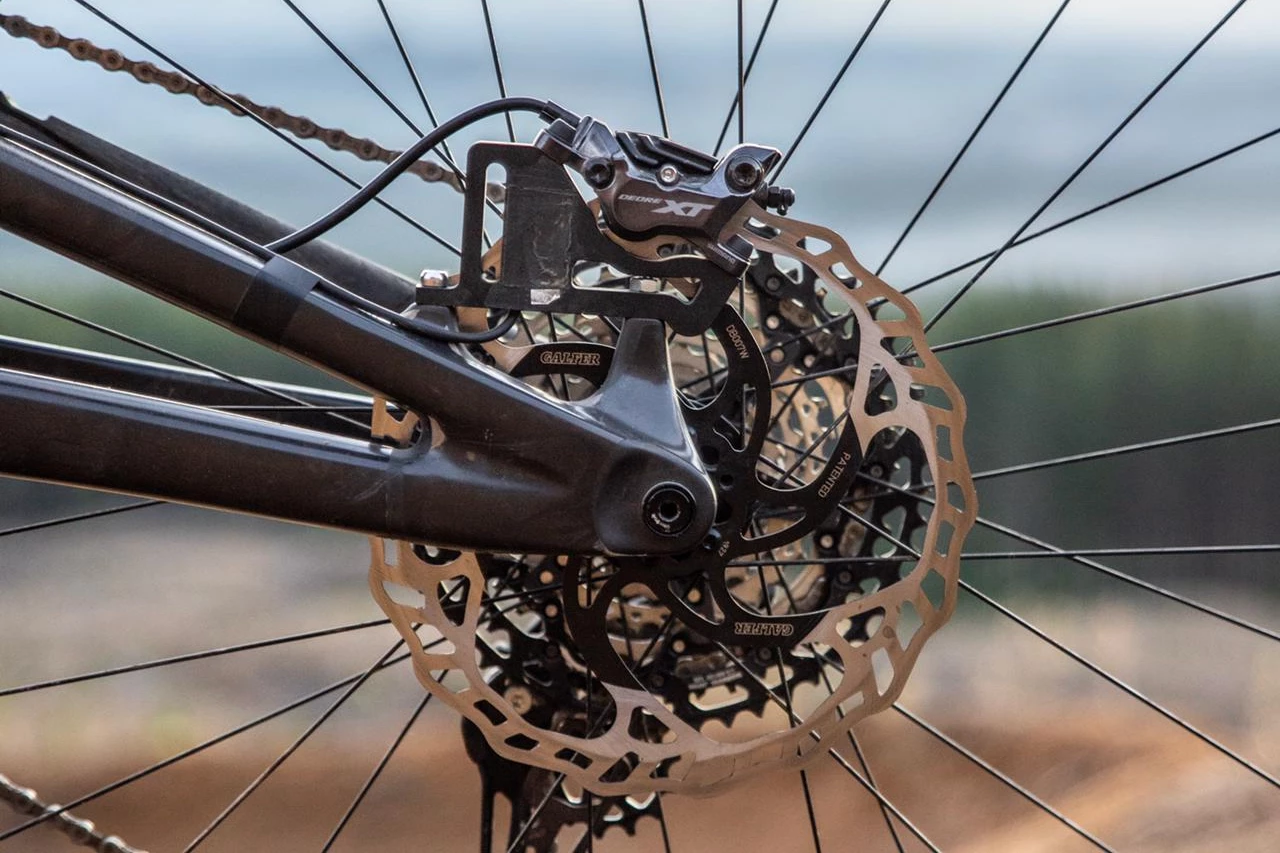If you're a mountain biker who wants to go fast yet maintain control, then you shouldn't overuse your brakes. The BrakeAce was designed with that in mind, as it's a power meter that monitors your brake usage throughout each ride.
Taking the place of a bike's existing brake adapter (the bit that goes between the calliper and the frame or fork), the BrakeAce works with mechanical or hydraulic disc brakes, and is installed on both the front and rear brakes. Its inventor, Dr. Matt Miller, tells us that it could even be used on road bikes, if its software was adapted accordingly.
As the user rides, the two BrakeAces on their bike measure the modulation, intensity and duration of every braking event. That data is sent to an onboard data logger, and from there to an app on the rider's smartphone, where it's analyzed and recorded.
Afterwards, the user can review a map of their ride, on which all the braking events are shown. They also receive a "flow score" for that ride, along with advice on how to improve that score. For the most part, the idea is to hit the brakes quick and hard before going into turns or navigating tricky trail features, as opposed to continuously riding the brakes throughout the course of doing so.

Miller tells us that the current limited-production version of the Danish-made system sells for "a few thousand Euro," but that the price should drop as the system is refined and production levels increase. Prospective buyers who would like to receive updates can register their interest via the Source link below.
You can see a real-time display of braking analytics measured by the system, in the following video.
And if riders really want to finesse their performance, they also might want to check out the previously-covered ShockWiz, which advises users on tuning their air-sprung suspension systems.
UPDATE (June 30/21): A wireless version of the BrakeAce system is now the subject of a Kickstarter campaign.






